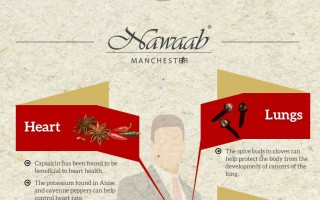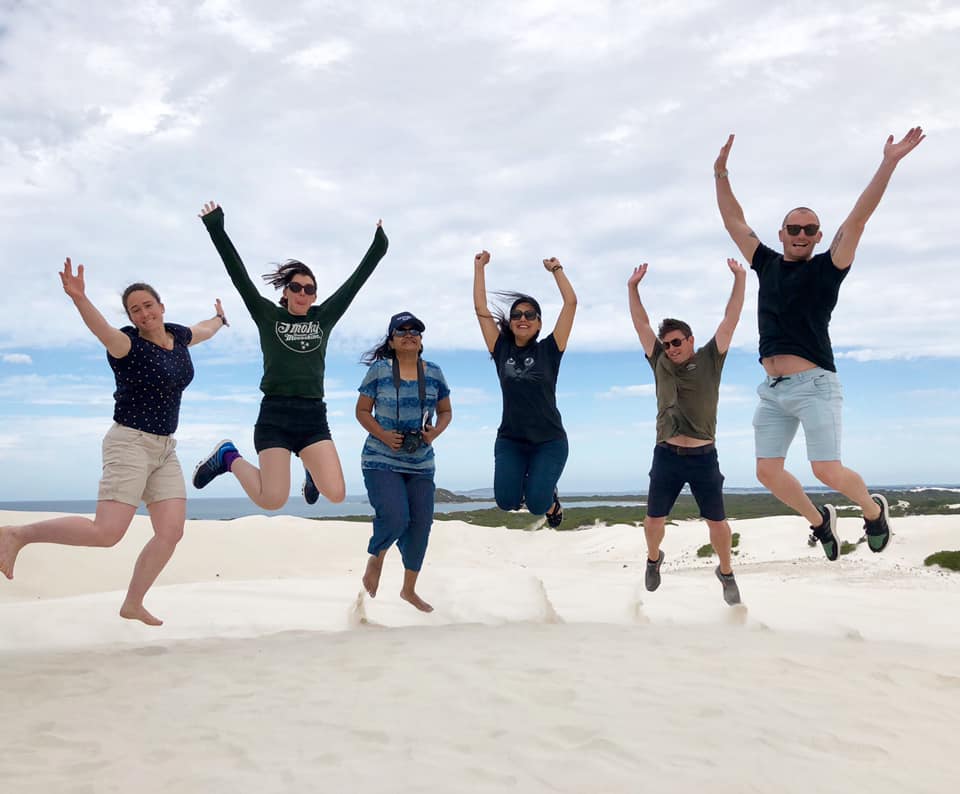
Travel is the best teacher there is. This saying is used in many different contexts. When we travel, we step back in history, discover a new culture, try different foods, but most of all, encounter all kinds of people. Through my travels, I have realized that there is goodness in everyone, no matter how different […]
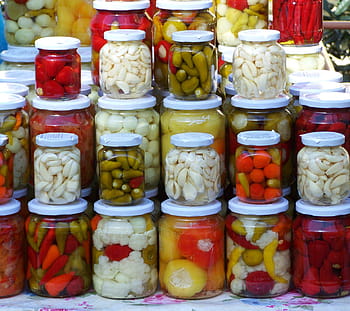
Coming from a family of at-home gardeners, we have always planted a summer garden. Typically, we grow herbs and vegetables such as basil, sage, tomatoes, and of course, cucumbers. Every summer, we plant cucumbers so we can make our family’s favorite – refrigerator pickles. Never heard of refrigerator pickles before? Essentially, they are homemade bread […]

In America, what’s a common way for a person to greet someone? A usual “Hi! Nice to meet you!” followed by a handshake is what many would think of when asked that question. What started as a Greek symbol of peace has became an everyday action now, but how do you feel about the new […]
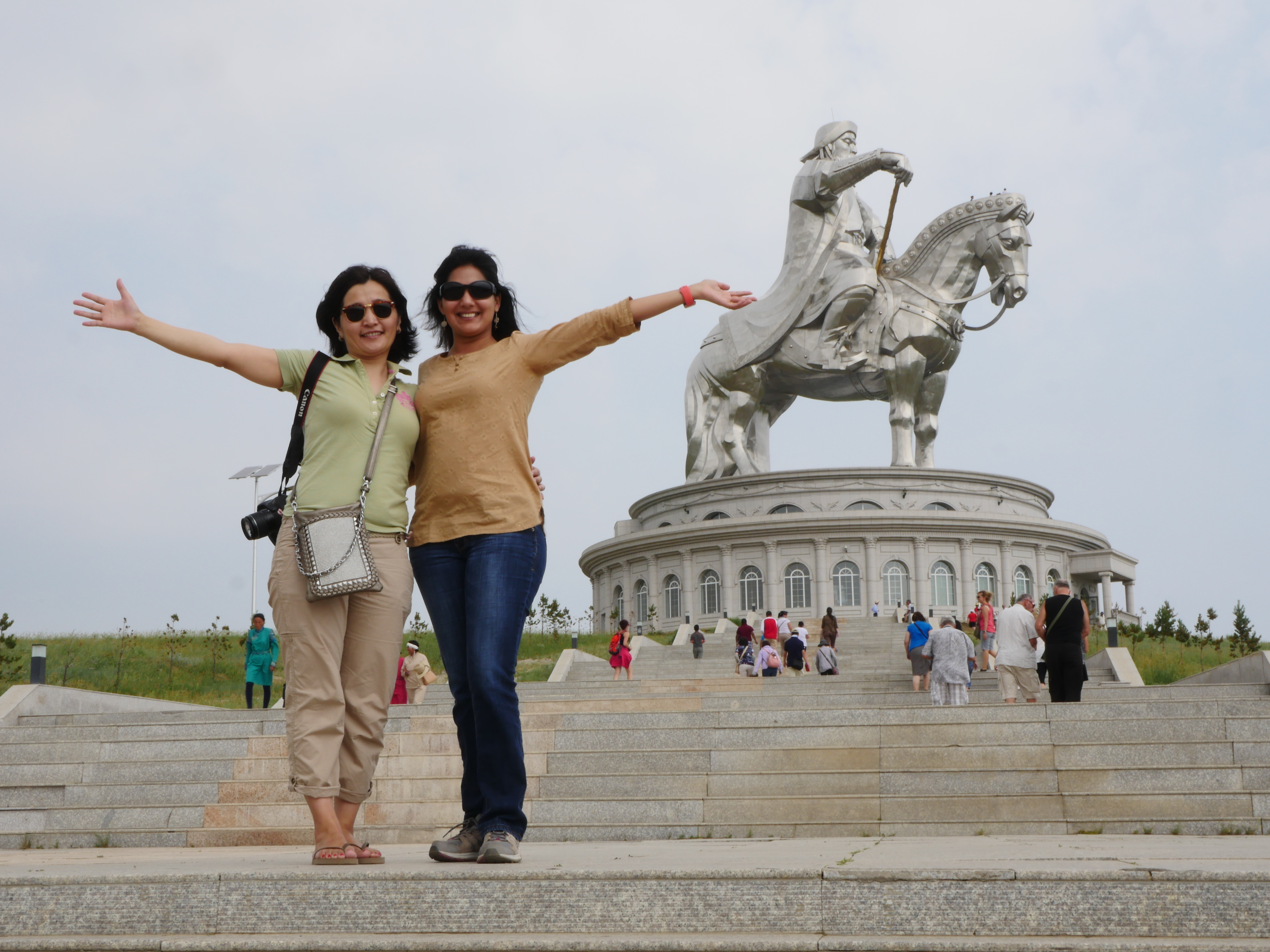
As we celebrate International Women’s Day, I want to especially recognize women in travel. Travel is a powerful tool that helps women become independent, gain self-confidence, empower, be economically and socially impactful. Over the years, I have met countless women who worked in the tourism ministry, as travel agents, tour guides, and more. Here are […]
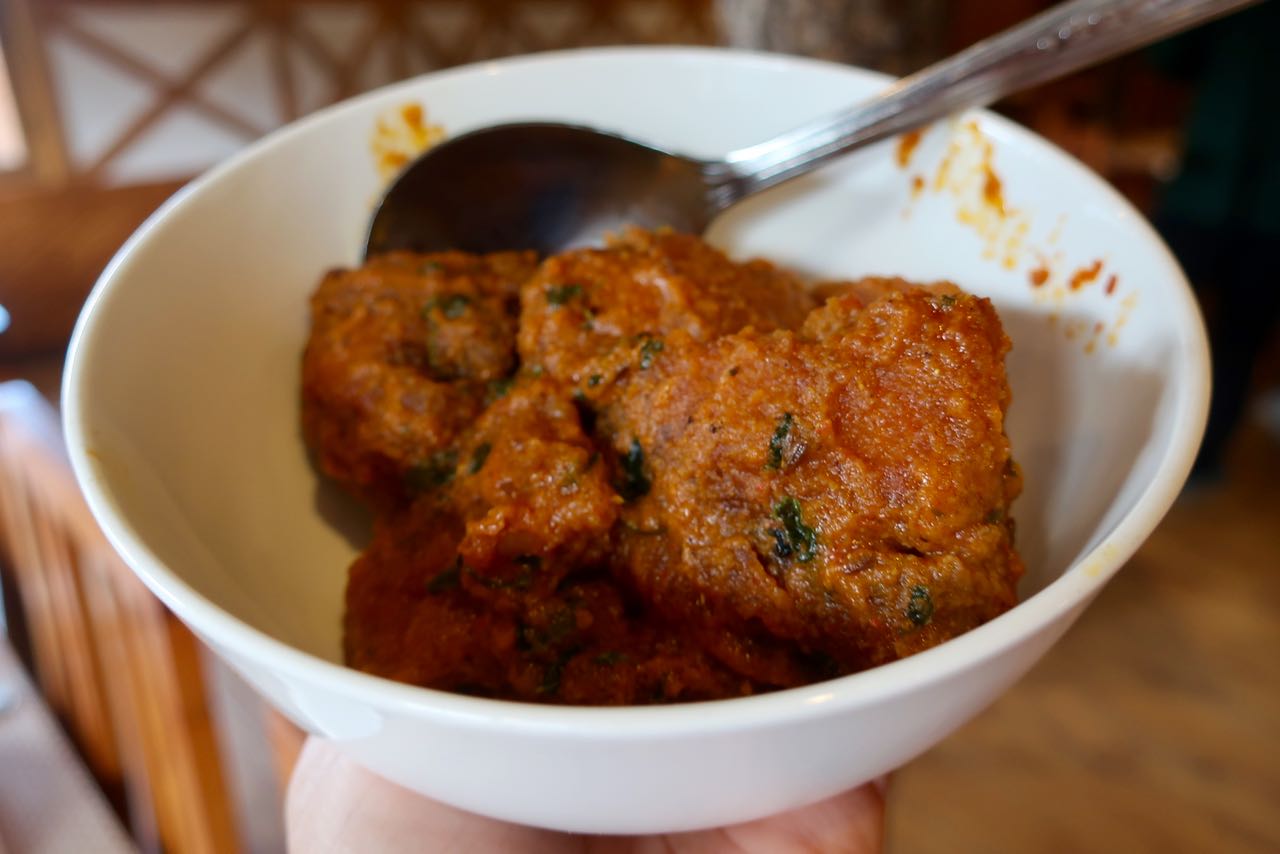
If you love grilled meats, fresh breads, fragrant rice dishes and curries rich with spices – you will love Kashmiri food. Kashmir is the northernmost state in India, bordering with Pakistan to its west and China to the east. The food is influenced by Persia, Middle East and the Indian subcontinent. However, it is unique […]

If you are traveling to Asia, you are probably very excited at the prospect of seeing, even riding elephants. But do you know that around 75% of the world’s captive elephants have been illegally captured, with over 3,000 used for entertainment in Asia alone? PETA, whose driving force is that animals are not ours to […]
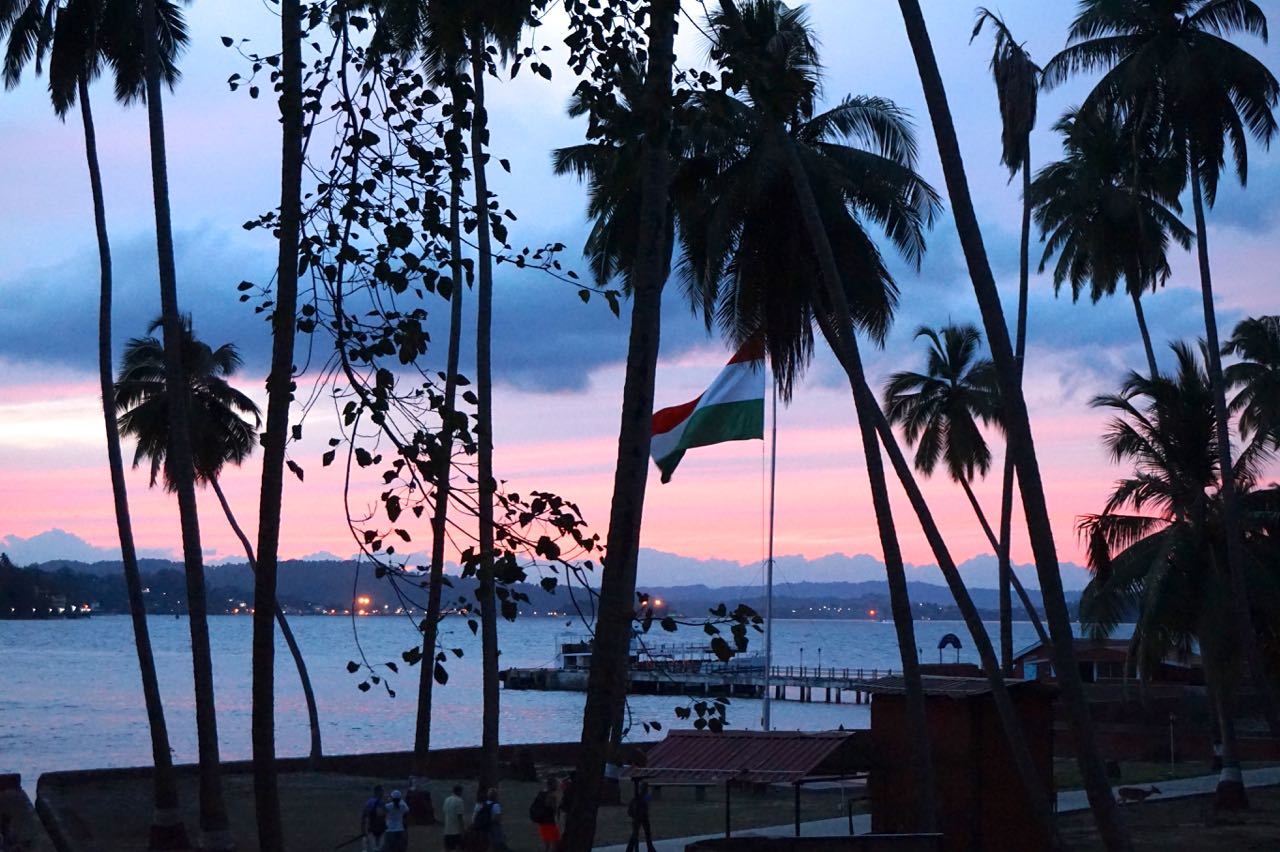
As the sun was setting over the Andaman Sea, an old ferry packed with people made the ten minute journey across from Port Blair to Ross Island. Given that no one lived on Ross Island, I was confused why so many people were going there, that too as it was getting dark. As I approached […]
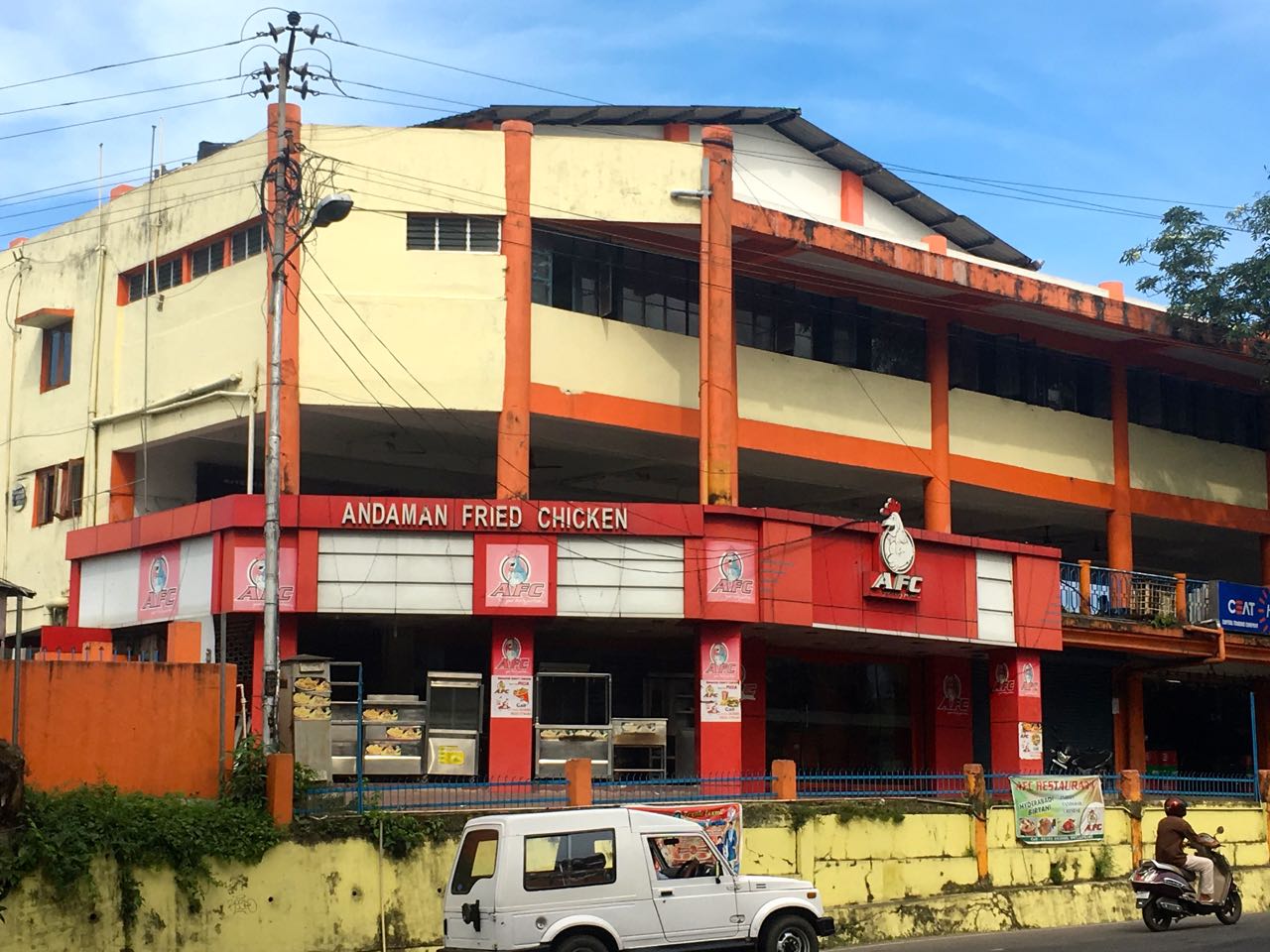
Growing up in northern India, I had some familiarity with Andaman and Nicobar Islands only through my history and geography books. These group of islands are a part of India and located 1200 kilometers south east of the country, almost halfway between Indian and Thailand. Actually, the only other thing we were taught in school about the […]
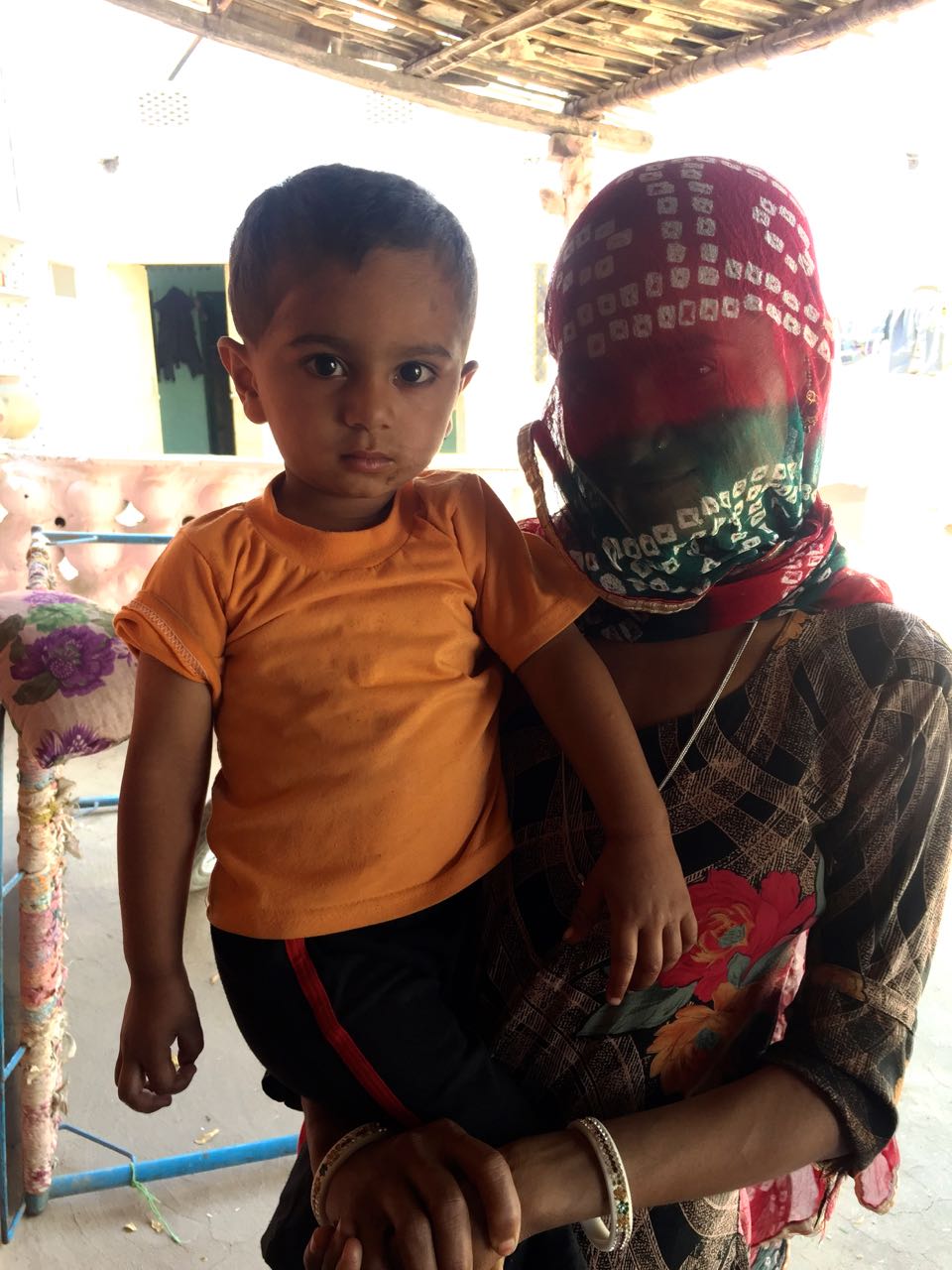
Picture a human female nursing a stray doe with her own breast milk. When I first saw this video in a BBC documentary, I was speechless. It was filmed in a village in Rajasthan, India that I had never heard of before. The lady’s husband found a baby deer who went astray, brought it home, and […]
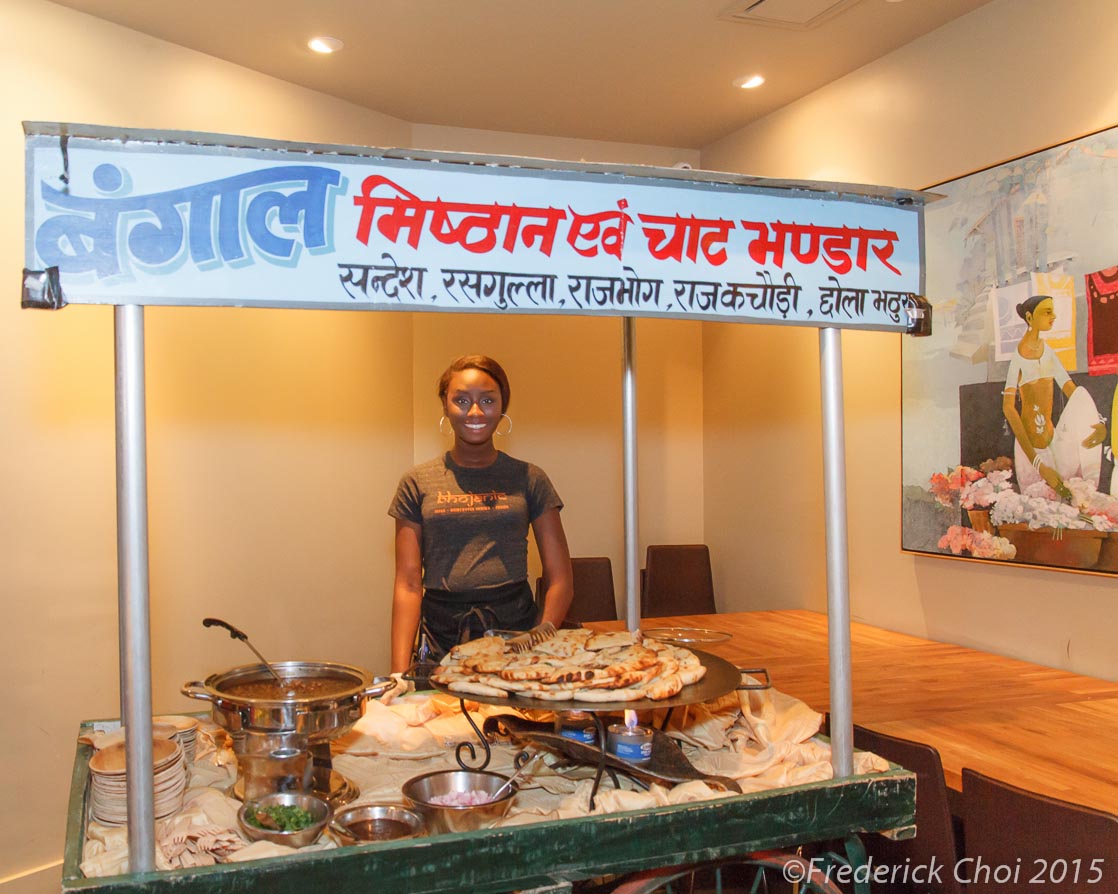
Last Thursday, May 28, 2015, Go Eat Give brought Atlanta a taste of Northern India, and it was delicious. Over fifty members and guests from the area joined us at Indian restaurant Bhojanic Buckhead location for Destination India dinner. There was excitement in the air as the evening began and attendees mingled over mango martinis […]
Finally, an Indian inspired cream liquor is in the market! Somrus meaning the nectar of Gods in Hindi, is a pure Wisconsin dairy cream and hand-crafted Caribbean rum mixed with the flavors of cardamom, saffron, almonds, pistachios and rose. Already, spirit and wine enthusiasts are raving about this new cream liquor, naming it in Top 50 Spirits […]
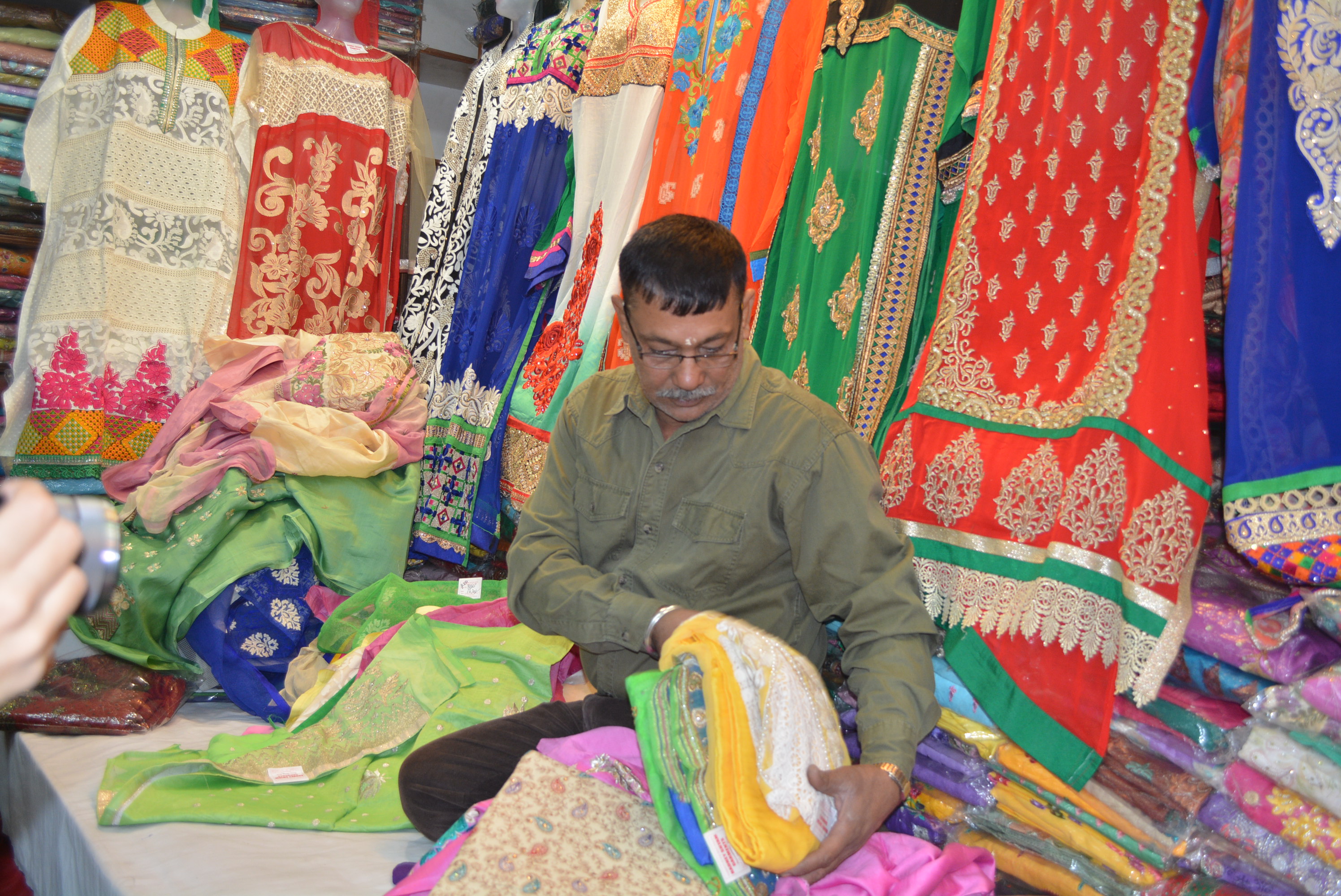
Upon going to India, I was not nearly prepared enough for the bombardment of smells, spices, colors and culture that struck me as being so different from any of the ones I had ever seen in the United States. One of the main differences that caught my eye and immediately piqued my curiosity was the Indian sari. […]
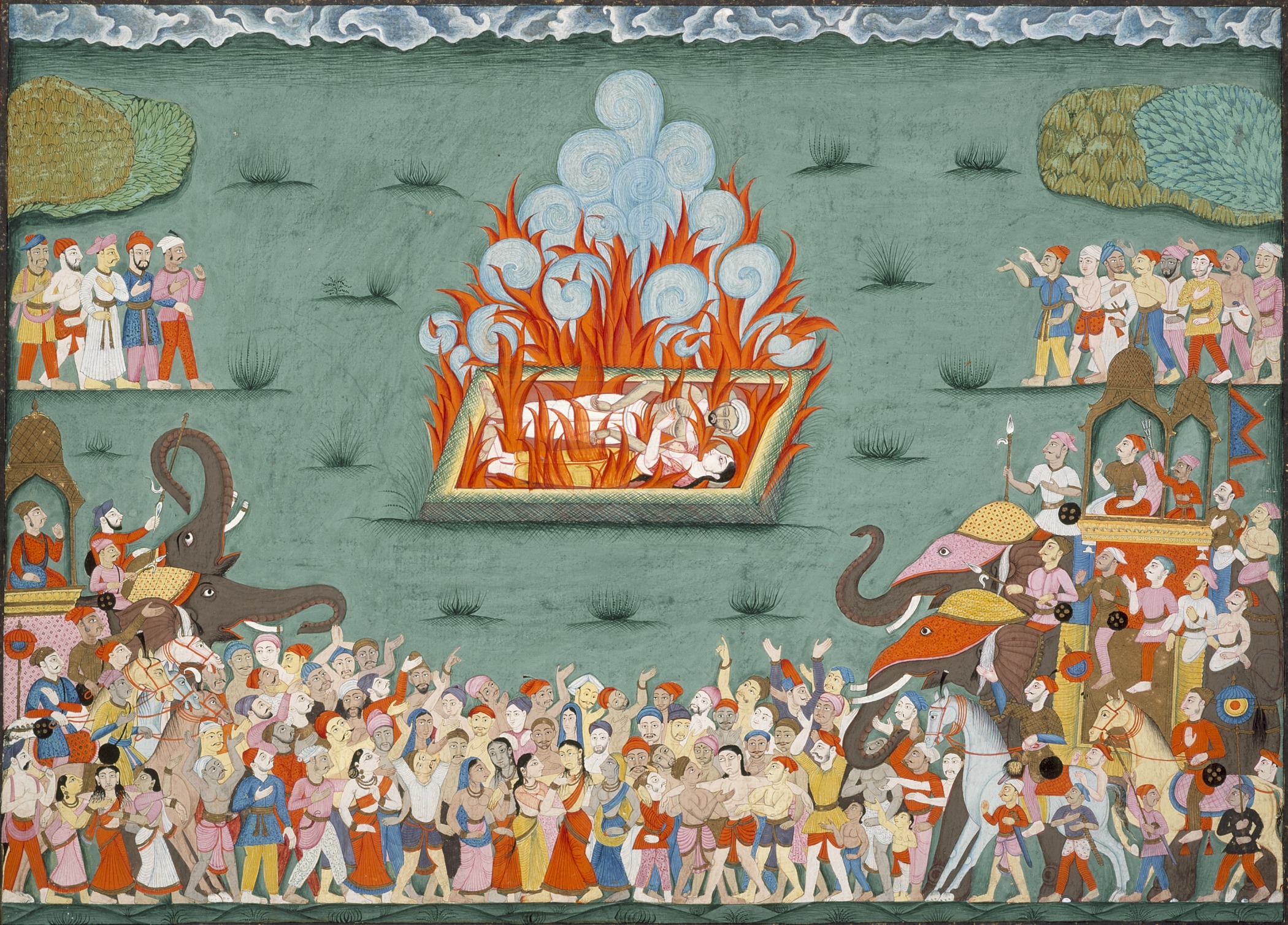
Sati, meaning “good wife” in Sanskrit, refers to a very interesting and ancient Hindu mourning ritual, which generates quite a bit of attention due to its historically radical means of an end. Sati is a ceremony that was practiced after the death of a woman’s husband, during which the mourning woman was required to be […]
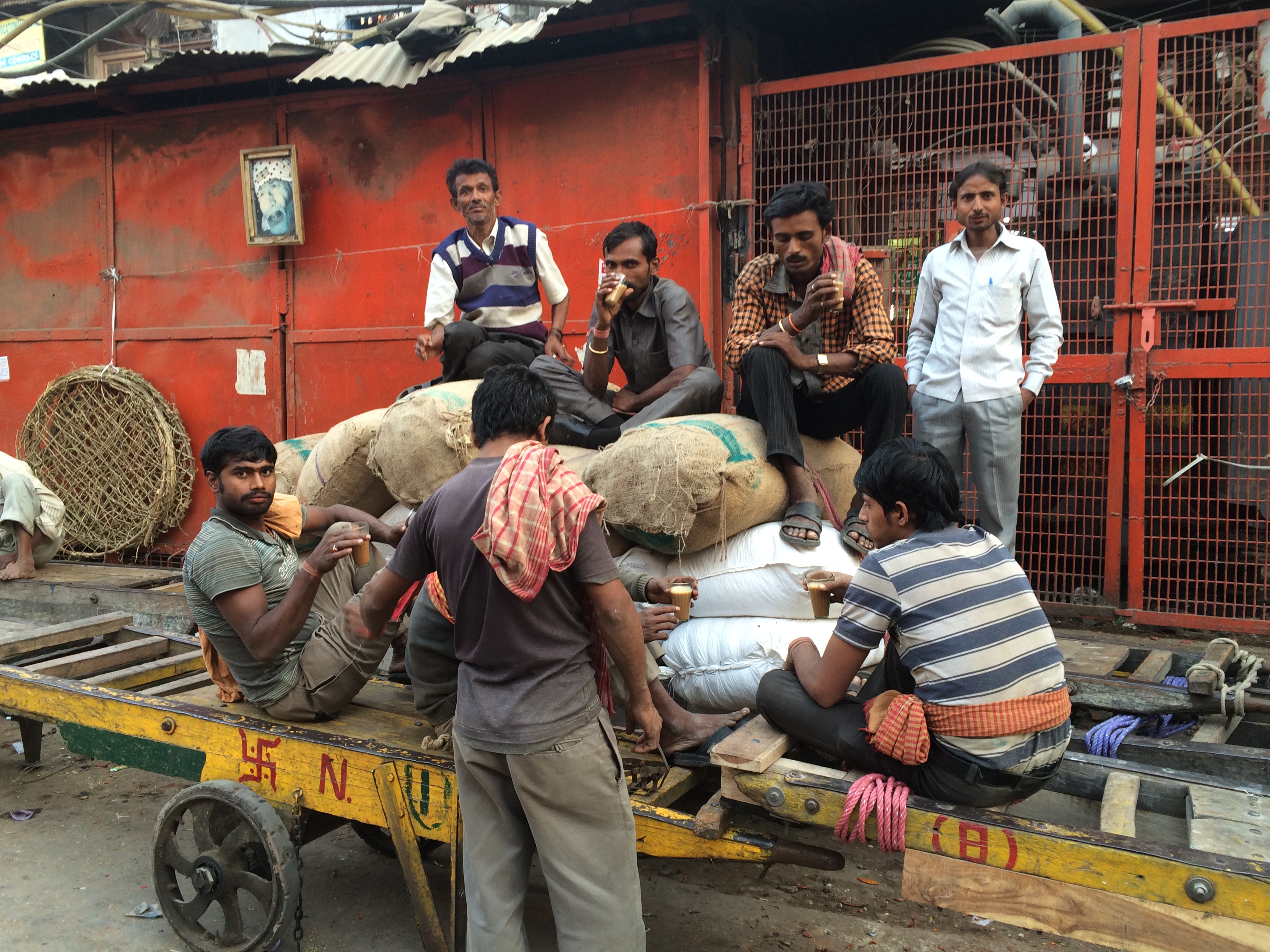
While a lot of you out there are frequent chai tea drinkers, I’ll bet you didn’t know that chai originated in India. In fact, India consumes more tea than any nation in the world! Historically, ancient Indians used teas as medicinal herbal remedies to cure a variety of ailments. Some of the Masala Chai mixes, […]
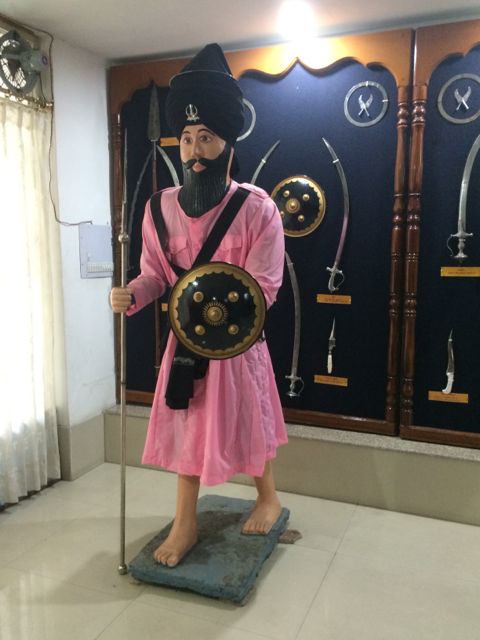
When most people think of India, they think of temples, spices, and a land rich in color and religion. One of the five main religions in India is Sikhism. Sikhism developed in the fifteenth century and is native to the Punjab region of northern India. The term ‘Sikh’ itself originated from Sanskrit words meaning disciple, […]
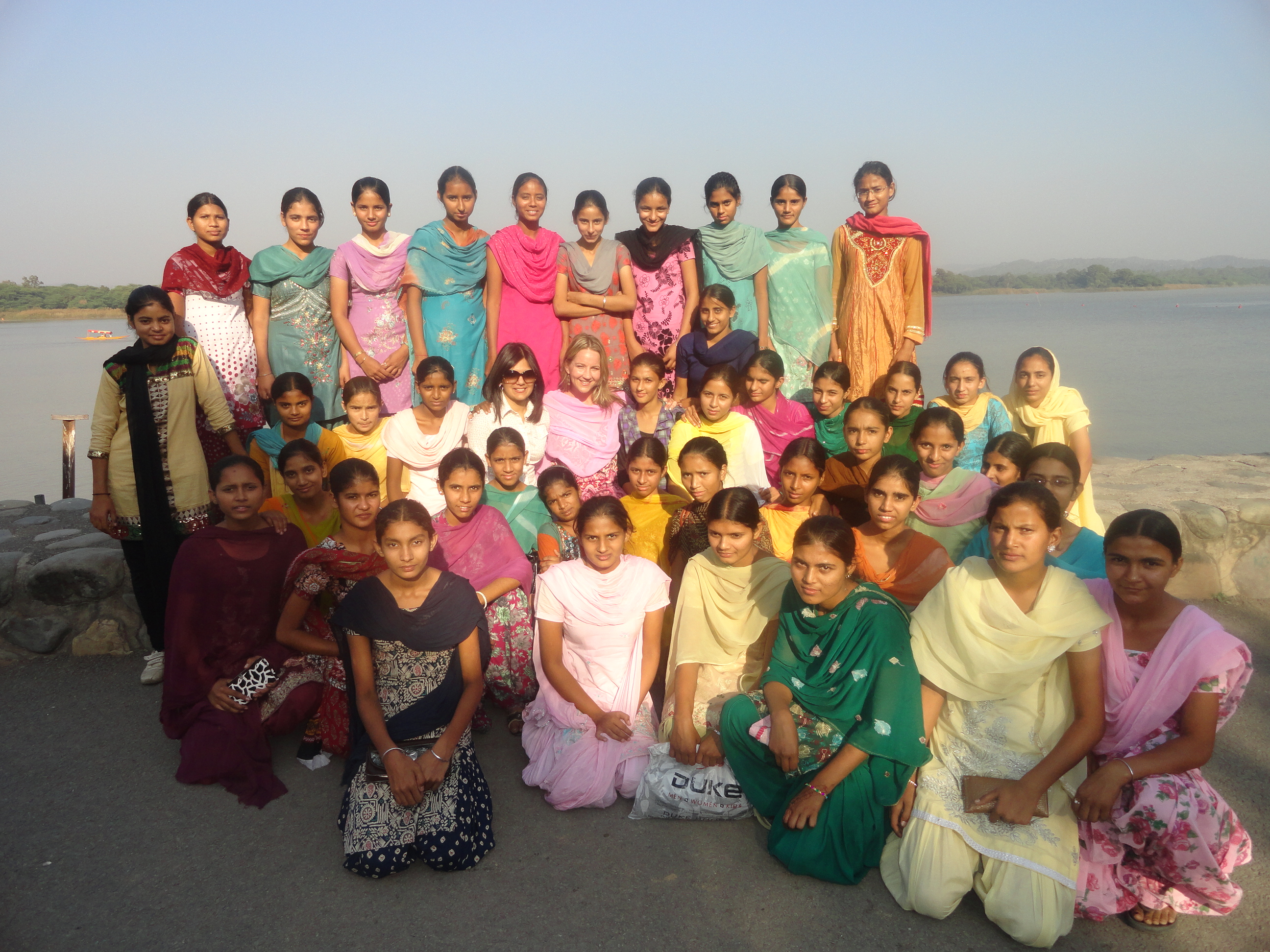
The first visit to Asia is always the most memorable. All of your senses will be blasted the moment you get off the airplane and arrive in the land of a billion plus people. Each year, I take a group of travelers for a cultural and volunteer journey to North India, where they first hand […]
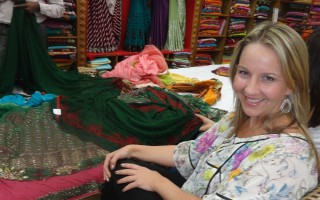
Traveling, for me, is not only beautiful and enriching because of the deep histories, architecture, gastronomical culture, languages, and myriad of landscapes and climates; it is beautiful as you are exposed to so many people in the country, while you are journeying to the destination. Through the people is how we are able to break […]
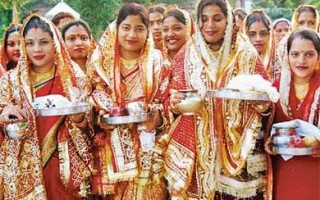
Karwa Chauth is a one-day festival celebrated by Hindu women in northern and western India. The day is especially auspicious for married women, who mark the event by fasting from sunrise to moonrise in order to pray for the well-being, prosperity and longevity of their husbands. There are many stories in epic tales such as […]
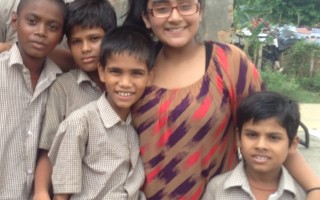
Teaching is one of my passions. My name is Manika Bhatia. I am a 12 year old girl, studying in 7th grade at North Gwinnett middle school in suburbs of Atlanta. I enjoy playing basketball, swimming, volunteering with kids, and spending time with friends and family. When I grow up, I would like to be a […]
